The different patterns of legume seeds
fliptx
15 years ago
Related Stories
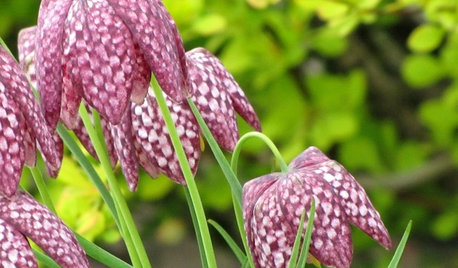
FALL GARDENING7 Delightfully Different Bulbs for Your Spring Garden
Fall planting: Stray from the standards for a more exotic spring garden that draws applause
Full Story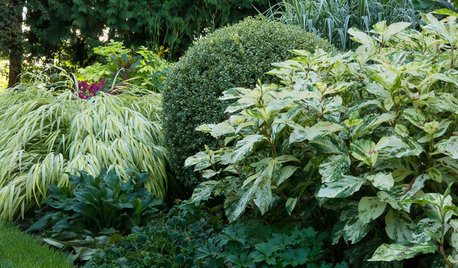
PLANTING IDEASGreat Garden Combo: Play With Foliage Patterns in a Border
Splashes, spots and stripes: Confidently mix things up in your border planting with our 4-step recipe
Full Story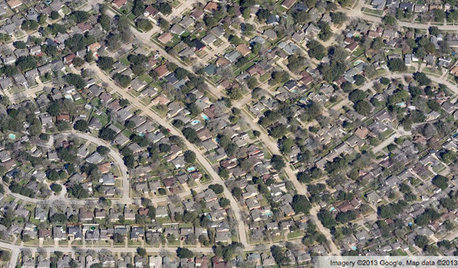
COMMUNITYGet a Bird's-Eye View of America's Housing Patterns
See the big picture of how suburban developments are changing the country's landscape, with aerial photos and ideas for the future
Full Story
LANDSCAPE DESIGNSee a Pattern Here? It's Conceptual Gardens, for Art's Sake
Make a brilliant impression with artful landscape designs that celebrate the avant-garde
Full Story
GARDENING FOR BUTTERFLIESA Quick-Start Guide to Bird-Watching for Fun and Learning
Set out some seed and grab your field guide. Bird-watching is an easy, entertaining and educational activity for the whole family
Full Story
KITCHEN DESIGNChoose Your Kitchen Cabinet Glass
Textured? Frosted? Seeded? Find the cabinet glass style that will set off your kitchen to its best advantage
Full Story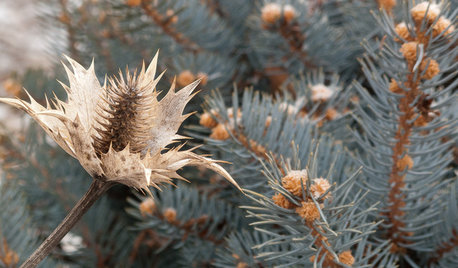
WINTER GARDENINGInspiring Winter Scenes From the Denver Botanic Gardens
Use seed heads, bare branches and grasses to design lovely garden displays when the ground is frozen
Full Story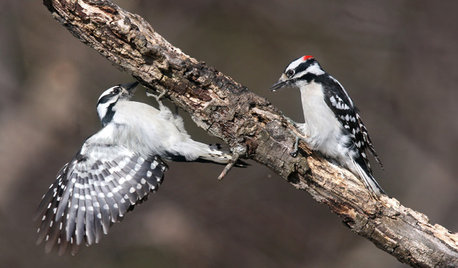
GARDENING FOR BIRDSBackyard Birds: How to Identify Two Common Woodpeckers
Downy and hairy woodpeckers have similar coloration and behavior. But there are two big differences that separate them
Full Story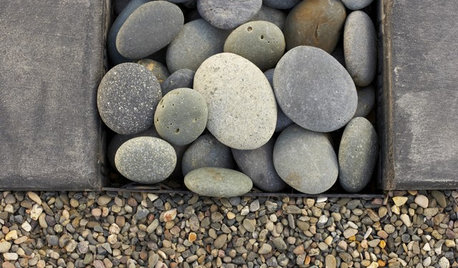
LANDSCAPE DESIGNThe Right Stone for Your Garden Design
Gravel, pebble, cobble and paddle: Stones vary in size and shape, and have different uses in the landscape
Full Story
MIDCENTURY STYLEHouzz Tour: Addicted to Iconic Furniture in Houston
Most people buy furniture to fit their homes. This collector of midcentury modern pieces takes a different approach
Full Story





galina
zeedman Zone 5 Wisconsin
Related Professionals
Londonderry Landscape Architects & Landscape Designers · Hyattsville Landscape Architects & Landscape Designers · Allentown Landscape Contractors · Clayton Landscape Contractors · Hayward Landscape Contractors · North Plainfield Landscape Contractors · Siloam Springs Landscape Contractors · Wheat Ridge Landscape Contractors · Bonney Lake Decks, Patios & Outdoor Enclosures · Carmel Decks, Patios & Outdoor Enclosures · Chicago Decks, Patios & Outdoor Enclosures · Fort Worth Decks, Patios & Outdoor Enclosures · Philadelphia Decks, Patios & Outdoor Enclosures · Reisterstown Decks, Patios & Outdoor Enclosures · Spokane Decks, Patios & Outdoor Enclosuresbrendan_of_bonsai
galina
zeedman Zone 5 Wisconsin
fliptxOriginal Author
brendan_of_bonsai